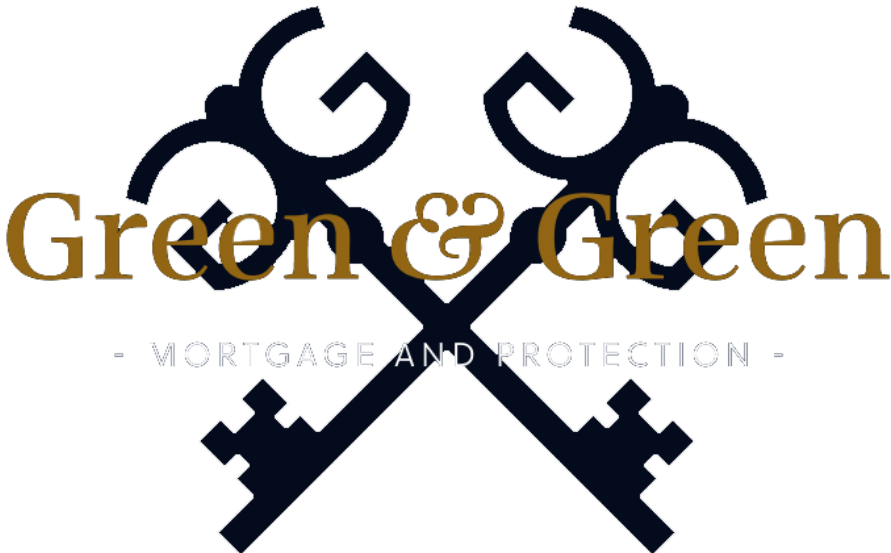Difference between shared ownership and equity
Posted on 3rd February 2023 at 13:06
When clients are restricted with being eligible for a standard mortgage due to
affordability or deposit size there are still other options that may be available to them
to get on to the property ladder.
Shared Ownership
One of these options is called shared ownership…
Shared ownership involves buying a share in a property for example 25% and paying
rent on the remaining 75%. This means there is a combination of legally owning 25%
of the property and renting the remaining 75% of the property from a developer or
local authority council.
No matter what the percentage spilt is between legally owning and renting, you are
responsible for 100% of the property maintenance.
Most people are often given the opportunity to buy further shares in the property
from the developer or local authority until they own the whole property outright. This
is called ‘stair- casing’ which involves purchasing a minimum of 10% of the market
value of the property at any given time.
If you ever sell the property, the equity is spilt according to the percentage of
ownership that each party holds.
This option may be appropriate for people who are not yet able to save a larger
deposit at the point of purchase and therefore this mortgage option will enable them
time to save up to buy the rest of the property in minimum 10% chunks up till they
own 100% of the property.
Shared Equity
A second option is called shared equity.
Shared equity involves buying a property at a discounted price and the developer or
local authority retain the remaining percentage also known as an equity share in the
property.
The person will legally own the whole property and arrange a standard mortgage on
the property at an agreed discounted purchase price for example 80% of the
property’s full market value. The scheme provider normally a developer or local
authority will retain the remaining 20% equity share.
The remaining 20% equity share is repayable either on the resale of the property or
at the end of the mortgage term. This differs depending on each local authorities’
criteria. When it comes to shared equity there is no guarantee that a person will be
able to increase their percentage stake in the property this is outlined via a solicitor
during legal processes before buying the property.
If you ever sell the property, the equity is spilt according to the percentage of
ownership that each party holds at the market value at the time of the sale.
This option may be most appropriate for people who are not able to purchase a
property with a standard mortgage as a result of their reduced affordability.
If you would like more information on both these mortgage options, please don’t
hesitate to contact the team.
CeMAP Mortgage Advisor: Rhys Evans 03/02/2023
Tagged as: deposit, home owner, homeowner, money, mortgage, owner, ownership, rent, rental, rentalhome, rented, saving, savings, shared, shared ownership, split
Share this post:





